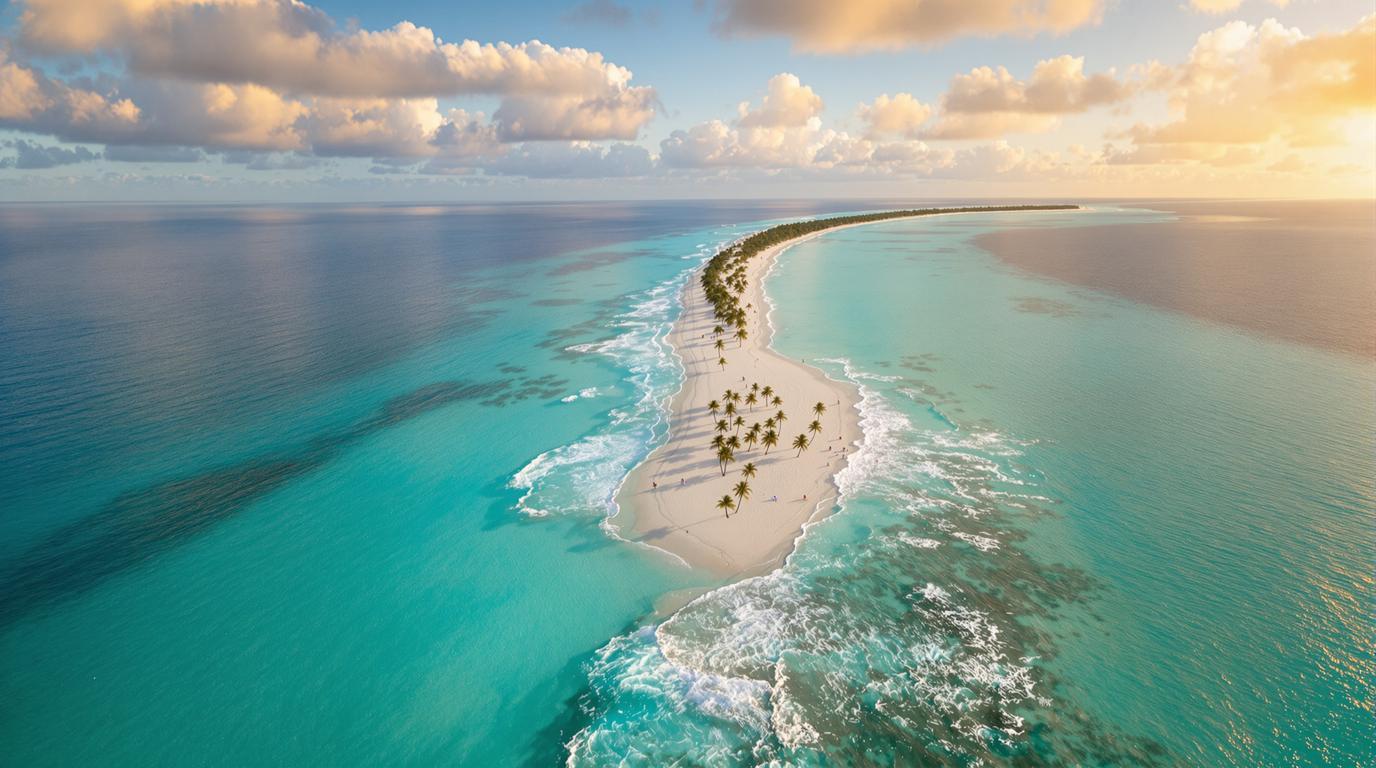The ferry lurches gently as we approach Cayo Costa, an untamed sliver of paradise nine miles long yet less than a mile wide. I watch fellow passengers crane their necks, eager for first glimpses of this elusive island that refuses the comforts of bridges, roads, or even electricity. “You’re about to experience Old Florida,” whispers the captain, “the kind most people think disappeared decades ago.”
Where wilderness and shoreline merge in perfect isolation
Accessible only by boat, Cayo Costa State Park remains one of Florida’s last truly undeveloped coastal escapes. This barrier island, once home to fishing camps of the Calusa Indians and later Cuban fishermen, now protects over 2,500 acres of pristine wilderness.
“We count more loggerhead turtle nests than human footprints some mornings,” explains Maria, a volunteer who patrols the beaches at dawn. “When storms reshape the shoreline, they often uncover artifacts from centuries past—Calusa shell tools, Spanish trading beads, remnants of fish houses.”
Unlike its commercialized neighbors Sanibel and Captiva, Cayo Costa offers something increasingly rare: genuine solitude alongside jaw-dropping natural beauty. No wonder it’s frequently compared to this tiny Atlantic island that only admits 200 visitors daily.
Discovering treasures along paths less traveled
The northern beach’s shell-strewn miracle
A mile-long trek north from the ranger station reveals what locals call “Shell Heaven.” Here, mountains of unbroken conchs, lightning whelks, and delicate sand dollars accumulate along tide lines that seem untouched by human hands. I arrive at low tide to find myself completely alone among treasure that would draw crowds anywhere else.
Walking barefoot through warm shallows, I collect perfect specimens with no competition—a shell hunter’s dream fulfilled. The secret? Most day-trippers never venture this far from the dock.
Manatee lagoon’s hidden viewing spot
Following a narrow trail through dense mangroves on the island’s eastern side, I discover a secluded observation deck overlooking a brackish lagoon. Here, massive gray shapes glide silently beneath the surface—a family of manatees seeking shelter.
Their gentle presence feels like a gift bestowed only to those willing to explore beyond the beaches. Unlike Florida’s popular manatee viewing areas, this spot offers intimate sightings without another soul in sight—proof that isolation preserves authentic wildlife encounters.
Savoring sunset feasts with feet in the sand
With no restaurants on the island, culinary experiences become beautifully primitive. I join fellow campers for a beachfront fish fry as the sun melts into the Gulf. Fresh-caught snapper, wrapped in foil with lemon and local sea salt, cooks slowly over driftwood coals.
This improvised feast—enjoyed with toes buried in cooling sand—outshines any formal dining experience. The simple, smoky flavor of fish enhanced only by salt air and conversation creates a meal impossible to replicate in civilization. Experienced visitors arrive prepared with coolers of provisions, knowing this self-sufficiency is part of Cayo Costa’s charm.
Making the most of island isolation
Timing your escape
Visit between November and April for perfect temperatures and minimal insects. Hurricane season (June-October) brings unpredictable weather and punishing mosquitoes, though these months offer incredible solitude.
For optimal shelling, arrive 30 minutes after high tide begins receding. The island’s inaccessibility ensures shells remain abundant year-round, unlike more accessible hidden island beaches accessible by bicycle elsewhere.
Affordable island camping
Primitive cabins ($40/night) and tent sites ($22/night) provide budget-friendly alternatives to pricey nearby resorts. Reserve months ahead through Florida State Parks. For day-trippers, Captiva Cruises offers round-trip ferry service ($50) with four daily departures—making this a surprisingly affordable exotic destination for under $25 a day if you pack your own provisions.
When wilderness becomes the ultimate luxury
As stars appear overhead, undiminished by artificial light, I understand Cayo Costa’s profound appeal. In a world of manufactured experiences and overcrowded destinations, this island offers something increasingly precious: genuine wildness preserved through deliberate inaccessibility. Some places remain special precisely because they refuse to become convenient—a reminder that true paradise exists beyond the reach of pavement.
